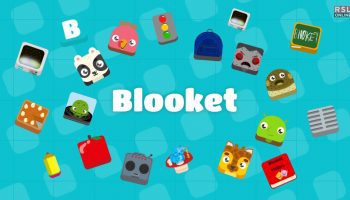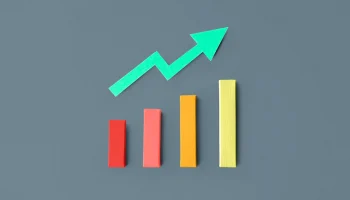Since the average human has a short attention span, our capacity for cognitive processes like information processing is constrained. That’s why you should take notes during lectures to help you retain information better.
You also need to develop a note-taking strategy to gather as much information as possible while keeping track of ongoing lectures. This information will help you reach out to expert writers at a paper writing service for more topic-relevant assistance with schoolwork or “write me an essay” help.
Here Are Seven 7 Effective Note-Taking Tips For College Students
That’s why this article covers the best tips and resources for efficient note-taking.
1. Work with an outline
To create an outline, pick four or five topics your professor will likely discuss in the lecture and use them as starting blocks. Under each main point, jot down several sub-points as the lecturer goes into greater depth.
You also need to ensure your outline has room for expansion on each page as you write it. With a properly crafted outline, your notes will become easier to read.
For classroom note-taking scenarios, reading and summarizing the categorized key idea is good for retention. Also, always categorize your point before going into detail. It will help other readers grasp your core ideas quickly.
2. Review your notes
The Cornell Method is an excellent approach for maximizing your study time. This approach will help you organize your notes in a readable manner by dividing your work into distinct sections— notes, cues, and a summary.
If you choose to use the Cornell Method template, you need to place your notes in the appropriate section. For example, write the cues section during class or immediately afterward. Put the most important ideas, people, or questions in the section.
You can write the summary after class or while reviewing your notes. Include a brief overview of the whole note here. The note section can be lengthy, comprising page references, sketches, and other visuals. But keep the cues and summary sections short.
3. Try mind mapping
The mind map is an excellent note-taking tool for exploring connections between ideas or focusing on a single concept in greater detail. It is like channeling your inner Sherlock. This approach works particularly well for classes like chemistry, history, and philosophy that cover abstract concepts.
For instance, if you are listening to a lecture on The Great Depression, you could begin by placing the topic at the center of your paper and then adding “nodes” representing the many causes of the recession and other vital details.
You can deepen your understanding by piling subsidiary ideas onto each branch for further reference: dates, equations, supporting evidence, and related ideas.
4. Try flow notes
Flow notes involve making notes and adding diagrams and charts by writing down ideas and connecting the key points. For this to work, you must focus on the process and try to learn what you are writing while at it.
For instance, if your lecturer mentions 1946 as a noteworthy year, you may forget why it is if you don’t take notes since many events happened worldwide. So, to remember everything that happened that year, particularly the ones your lecturer stated, take notes and make connections between the data points.
Besides, you need to check how experts use notes when reading admission essay writing service. This will help you understand their process and see if they are a proper fit for your essay writing needs.
5. Practice slide note-taking
If your professor shares the slides they will use in class, you can save yourself a lot of stress by downloading them to your device. All you have to do is make some notes and elaborate on the main points brought up in the slides. You can refer to them later to recall the professor’s key discussion points.
6. Use bullet points
Bullet points can transform your sheet into an artful record of your inner thoughts. Okay, that’s a bit too dramatic, but still, you can use it to merge elements of many note-taking methods.
You can use one page for your mind maps, another for your flow notes, and a third for the class calendar. This will help you maintain an orderly and visually appealing journal even as you record your thoughts rapidly.
7. Use note-taking apps
Of all the tips we’ve mentioned, the key game changer is using a note-taking app. Sure, visual learners can take notes on paper to improve cognitive learning. But if you can use a cloud-based app that saves your work in real-time, you should use it.
Note-taking apps like Evernote and Notion also allow you to add photos, URLs, and other forms of additional information. The best research paper writing services will always ask you for a link to detailed notes before they start working on your term paper or coursework.
You can also use multiple note-taking apps to segment the topics you want to gather information about. Don’t forget to create a system to ensure nothing gets lost in the clutter.
Conclusion
Efficient note-taking is a study hack that should get more attention because of how effective it is at helping college students condense, store, and remember information. The suggestions in this article will help you take better notes, improving your academic performance.
Read Also:




























